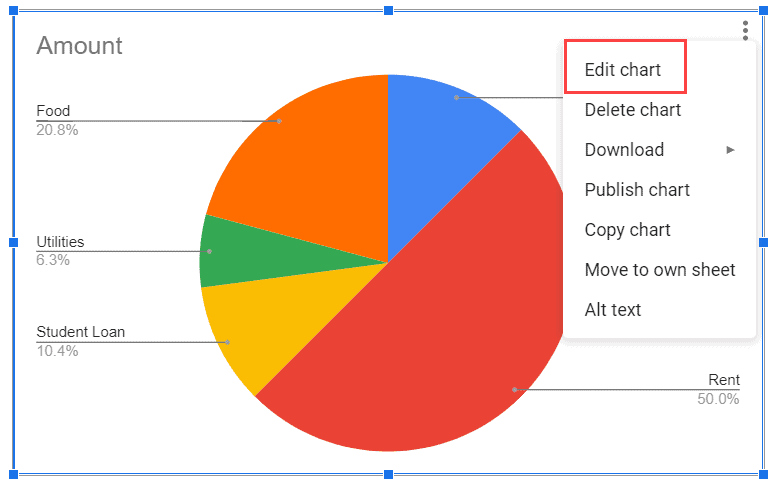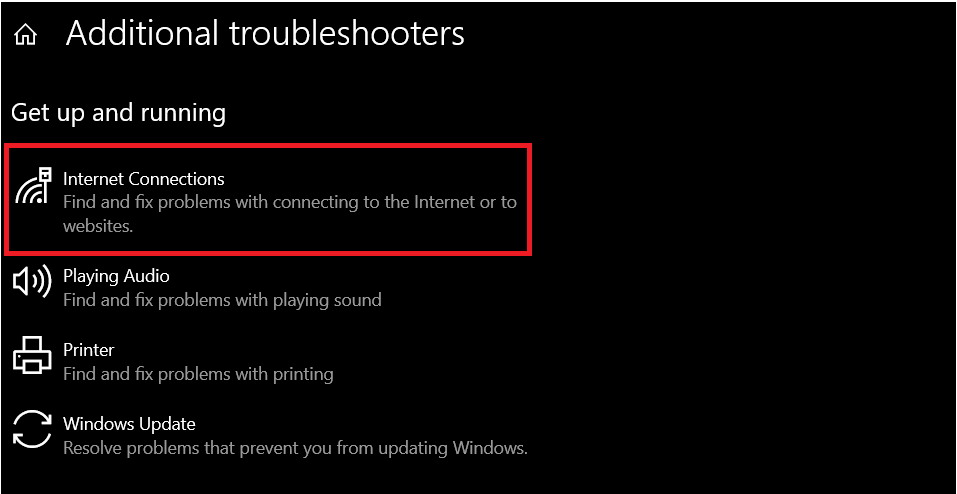What Is Shell Infrastructure Host High CPU? If you’re a Windows user, you might have noticed that sometimes your system slows down and becomes unresponsive.
Upon checking the Task Manager, you might have found that Shell Infrastructure Host uses a high percentage of your CPU and memory resources. This can be frustrating and can affect your productivity.
In this article, we’ll explain what a Shell Infrastructure Host high CPU is, why Shell Infrastructure Host uses a high Central Processing unit (CPU) and memory, and how you can fix it.
This Article Covers:
What is Shell Infrastructure Host?
Shell Infrastructure Host is a crucial Windows operating system component that handles various processes, such as system settings, notifications, and other system-related functions. In addition, it is responsible for Windows’ graphical user interface (GUI) and acts as an interface between the operating system and the user.
This critical system process manages the user interface and other system functions. It displays the desktop, taskbar, Start menu, and other graphical elements you interact with when using your computer.
The Shell Infrastructure Host process also runs various Windows apps and services, including the Start menu, Cortana, and the Action Center. It is an essential component of the Windows operating system that ensures a smooth user experience.
And it’s not just PCs that use Shell Infrastructure Host; even the best laptops for working from home have them installed.
What Causes Shell Infrastructure Host High CPU Usage?
There are several reasons why the Shell Infrastructure Host may be causing high CPU usage, including the following:
1. Compatibility issues with third-party applications
Sometimes, third-party software installed on your computer may not be fully compatible with the Shell Infrastructure Host process. This can cause conflicts that result in excessive CPU usage, leading to slow performance and reduced system stability.
2. Corrupted system files
Like any other software component, the Shell Infrastructure Host can be impacted by corrupted system files. When these files become damaged or otherwise compromised, they can cause the Shell Infrastructure Host to consume more CPU resources than necessary, leading to system slowdowns and other performance issues.
3. Malware and other security threats
Malware and other security threats, including the Shell Infrastructure Host, can wreak havoc on your computer’s system resources. These threats can cause the process to consume excessive CPU resources, leading to slow performance and reduced system stability.
4. Outdated drivers
Drivers are critical software components that allow your computer’s hardware to communicate with the operating system. If these drivers become outdated or corrupted, they can cause the Shell Infrastructure Host to consume more CPU resources than necessary, leading to system slowdowns and other performance issues.
5. System resource limitations
The Shell Infrastructure Host process is designed to consume a certain amount of CPU resources to perform its tasks. However, if your computer’s resources are limited, such as if you have a low amount of available RAM or a slower processor, the process may consume more CPU resources than necessary, leading to slow performance and reduced system stability.
How to Fix Shell Infrastructure Host High CPU Usage?
While the Shell Infrastructure Host is an integral part of the Windows operating system, it can sometimes run into issues, resulting in it using more CPU resources.
This can happen for various reasons — maybe there’s a bug in the software or a conflict with another program running on your computer.
Whatever the cause, high CPU usage from the Shell Infrastructure Host can be frustrating, as it can slow down your computer, making it difficult to use. This situation can be a letdown, especially if it interrupts your work while using the best work-from-home apps.
So what can you do to fix this issue? Here are some preventive steps you can take:
Method 1: Check for Windows Updates
The first thing you should do when experiencing high CPU usage from the Shell Infrastructure Host is to check for any available Windows updates. Sometimes, Microsoft releases updates that fix bugs and other issues with the operating system, including issues related to the Shell Infrastructure Host. To check for updates, simply follow these steps:
- First, click the Start menu and select “Settings” (the gear icon).

- Click “Update & Security.”

- Next, click “Check for Updates.”

- If updates are available, download and install them.

Method 2: Run a Virus Scan
Another potential cause of high CPU usage from the Shell Infrastructure Host is malware or a virus on your computer. Malware and viruses can cause many issues with your system, including using up many CPU resources.
Running a virus scan on your computer is a good idea to rule out this possibility. Several antivirus programs are available, but Windows Defender is a good option if you don’t have one installed. To run a virus scan with Windows Defender, follow the steps outlined below:
- Click the Start menu and select “Settings” (the gear icon).
- Next, click “Update & Security.”
- Select “Windows Security.”

- Then, click on “Virus & threat protection.”

- Click on “Scan options.”

- After that, select “Full scan” and click “Scan now.”

Method 3: Reset the Windows Search Index
If the Shell Infrastructure Host is causing high CPU usage because of an issue with Windows Search, resetting the search index may help. To do this, simply follow these steps:
- Press the Windows key + R on your keyboard to open the Run dialog box.
- Type “control panel” and hit “Enter.”

- Click on “Indexing Options.”

- Then, click on “Advanced.”

- Next, click on “Rebuild” under the Troubleshooting section.

- Wait for the process to complete.
Method 4: Disable Automatic Maintenance
Windows 10 includes a feature called Automatic Maintenance, designed to keep your system running smoothly by performing maintenance tasks like disk cleanup and software updates. However, these tasks can sometimes cause high CPU usage, so disabling Automatic Maintenance may help alleviate the issue. To disable Automatic Maintenance, here’s what you can do:
- Click the Start menu and select “Settings” (the gear icon).
- Click “System.”

- Click on “Power & sleep.”

- Next, click “Additional power settings.”

- Click on “Change plan settings” next to your selected power plan.

- After that, click on “Change advanced power settings.”

- Expand the “Sleep” and “Allow wake timers” sections and set them both to “Disabled.”

- Finally, click “Apply” and “OK” to save your changes.
Why Does Shell Infrastructure Host a High CPU?
Shell Infrastructure Host is a Windows process responsible for managing several Windows features, such as the Start menu, Action Center, and File Explorer.
It is a critical Windows operating system component that ensures these features work correctly. However, Shell Infrastructure Host sometimes uses a high percentage of CPU resources, slowing your system down. Here are some reasons why this happens:
- File Explorer is scanning files: If you use File Explorer to browse files, the Shell Infrastructure Host might use high CPU resources. This is because File Explorer scans the files to provide metadata, such as file type, size, and date modified. This is a necessary process, but it can be resource-intensive.
- Third-party software conflicts: If you have installed third-party software that conflicts with the Shell Infrastructure Host process, it can cause high CPU usage. This can happen if the software accesses the duplicate files and folders that Shell Infrastructure Host uses.
- Corrupted system files: If your system files are corrupted, it can cause the Shell Infrastructure Host to use high CPU resources. This is because Shell Infrastructure Host relies on system files to work correctly. If these files are corrupted, Shell Infrastructure Host might become unstable, causing high CPU usage.
- Outdated device drivers: If your device drivers need to be updated, it can cause Shell Infrastructure Host to use high CPU resources. Device drivers are essential for properly functioning hardware devices, and outdated drivers can cause conflicts that result in high CPU usage.
Why Does It Use So Much Memory?
Besides using high CPU resources, Shell Infrastructure Host can also use a lot of memory. This can make your system slow down and become unresponsive. Here are some reasons why Shell Infrastructure Host uses so much memory:
1. Managing Start menu tiles
Shell Infrastructure Host is responsible for managing the Start menu tiles. Therefore, if you have a lot of tiles on your Start menu, it can cause Shell Infrastructure Host to use a lot of memory.
2. Displaying taskbar thumbnails
If you hover over a taskbar icon, Windows displays a thumbnail preview of the application. Shell Infrastructure Host is responsible for displaying these thumbnails, and if you have a lot of applications open, it can cause Shell Infrastructure Host to use a lot of memory.
3. Running Windows Search
Shell Infrastructure Host is also responsible for running Windows Search. Windows Search is a feature that allows you to search for files and folders on your computer. If you have many files on your computer, Windows Search can use a lot of memory.
Wrapping Up
So, that’s everything you need to know about Shell Infrasture Host High CPU usage. Let us know if these methods work or if you have other similar solutions. Additionally, if you want to learn more about using Windows programs and software, check out these online resources to level up your knowledge.
Related:






